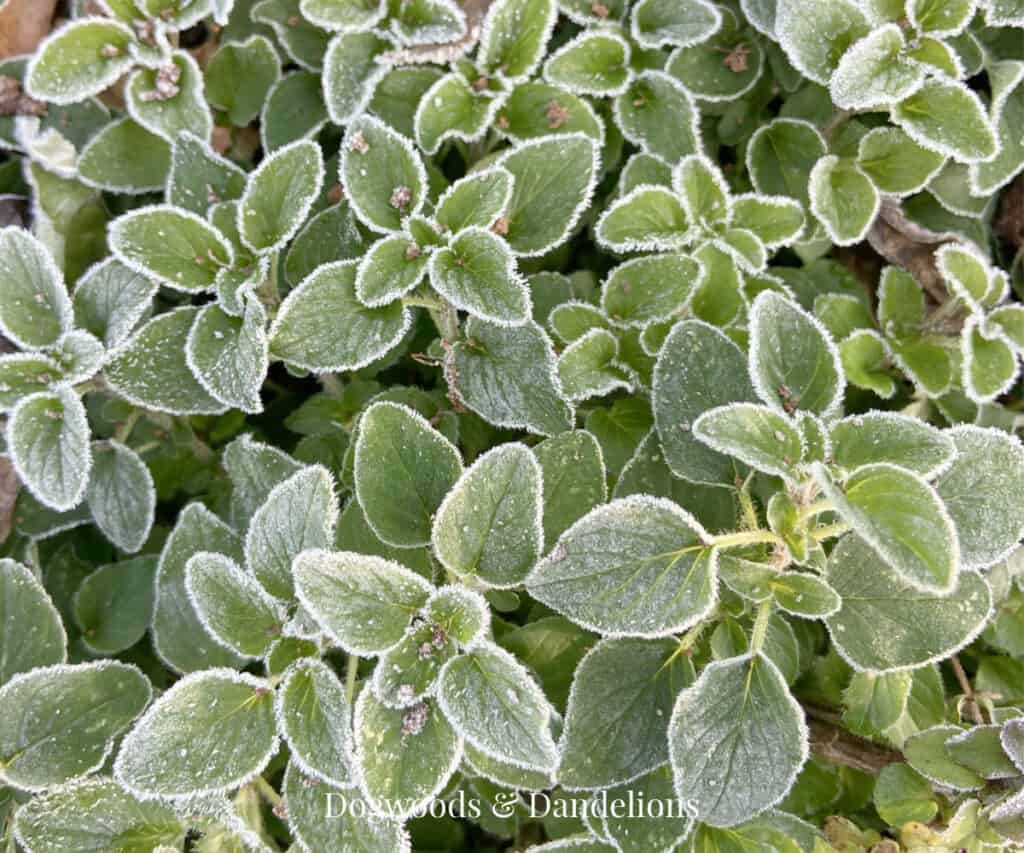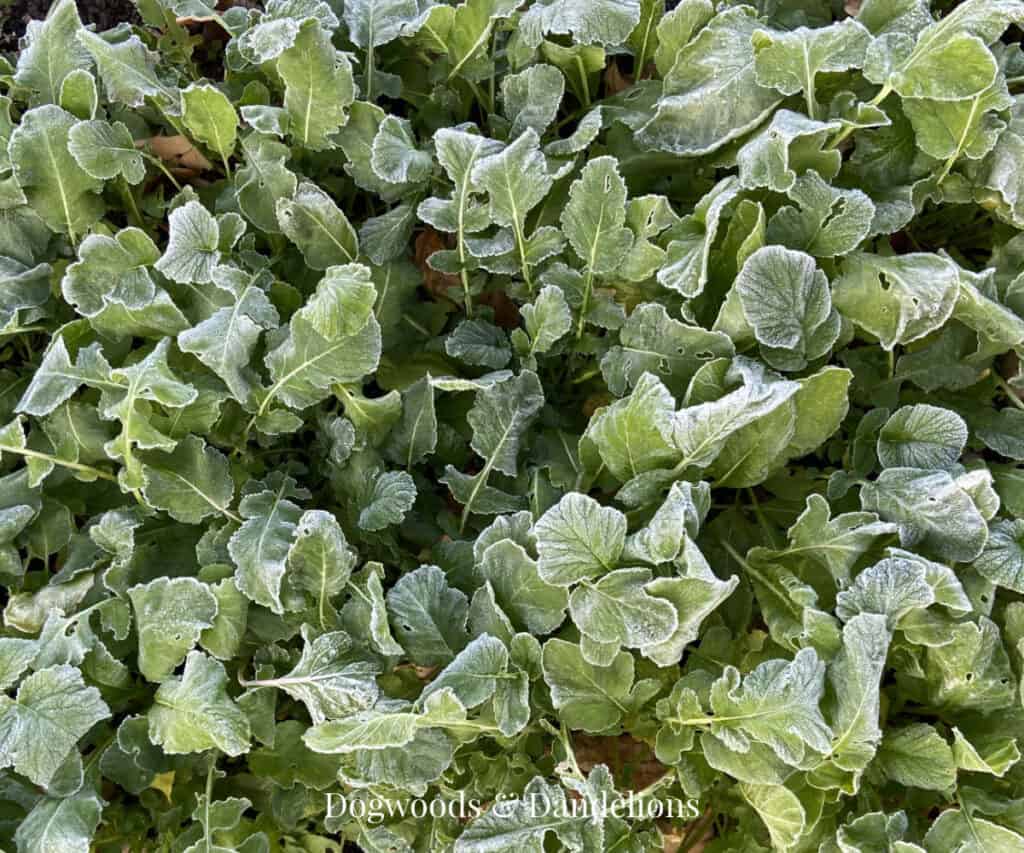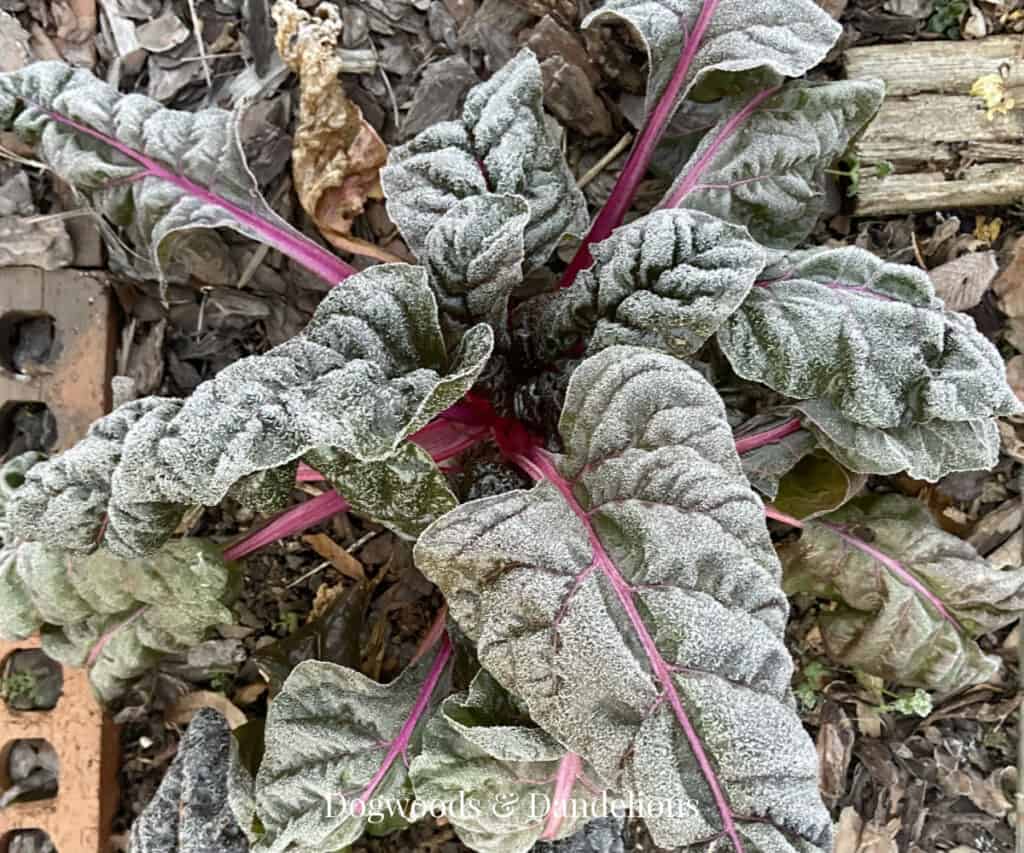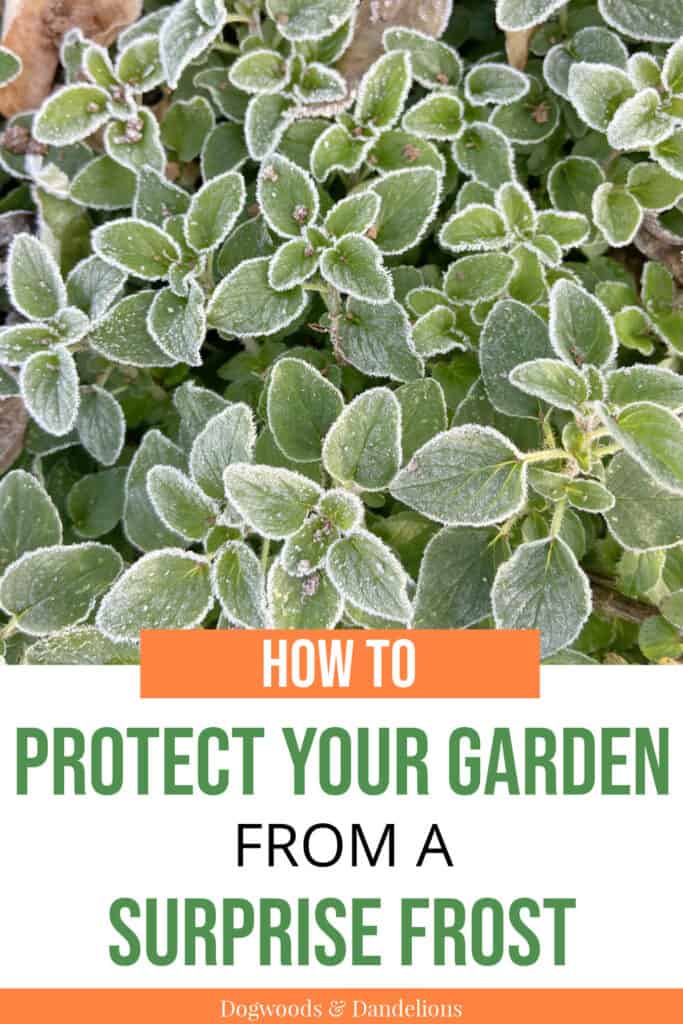Frost Protection For Your Garden
You’ve anxiously waited until after your last frost date to plant your garden. That day came and went and you started planting. But what do you do when the weather forecast suddenly calls for a late frost? How can you provide frost protection for your garden?
Well, that’s exactly what happened to me this spring.
Most of my summer crops were in.
The weather forecasters even went out on a limb and told us it was safe to go ahead and plant our gardens.
And then, it happened.
They started calling for frost again.
We were over 3 weeks past our last expected spring frost, and the overnight temps were expected to dip into the 30’s.
This was not good. I had squash and zucchini coming up. Beans sprouting. Pepper and tomato plants (that I had started from seed in February) in the garden. What was I going to do?
I have learned from previous experience that any time the overnight low is expected to drop below 40, I need to cover my garden.
Out here in the country, we typically get cooler than the nearby cities. Just a couple of weeks prior, the low was supposed to be 39. I decided to cover everything up anyway. Thank goodness I did. Because that night, we had a big frost.
Had I not taken the time to cover my garden with some frost protection, I would’ve lost almost everything, including those tomato plants I had babied since February!

Affiliate Disclosure: Please note that some of the links in this article may be affiliate links and I may receive a small commission if you purchase something through a link. It will not change your cost. As an Amazon Associate, I earn from qualifying purchases. For more information, see my disclosures page.)
So How Do You Prepare For a Late Spring Frost?
First, decide what you need to protect. Cool-season vegetables should be fine, but any warm-season crops need to be covered. (Tomatoes, peppers, eggplant, beans, squash, zucchini, cucumbers, etc.) Then you need to decide how to protect everything. There are many options to choose from.
Cover Your Plants
One of the easiest ways to provide some frost protection for your garden is to cover the plants that need protection.
However, you want to make sure that whatever you use is large enough to cover the plant without touching the leaves. This is key. If you use a bucket or tub and the leaves touch the covering, the frost can pass right through and cause damage to your plants.
I recommend starting to look around your house and see what you can borrow or re-purpose. I have used buckets and tubs to cover tomato plants.
Any small peppers or eggplants can be covered with a drinking glass or cup. Milk jugs with the bottom cut out make great covers and if you happen to have them cloches work well to protect your plants.
This year, since the frost was so late, I had to dig deep to find items to cover my plants. I pulled out my kitchen stock pots, and some mixing bowls, and my kids dug through our outbuilding to find old buckets and baskets to cover plants. (Check out the picture below and you’ll see what I mean!)

You can also use sheets, towels, and blankets to cover crops. The hardest part about using any kind of fabric is ensuring it stays above the vegetables and doesn’t touch the leaves.
I put up tomato cages around many of my plants and wrapped them with sheets and towels. Using clothespins worked great to attach the sheets to the cages. Garden stakes can also work pretty well in a pinch.
Since so much of my garden was already planted, I even used a few cardboard boxes to cover things. I always top them with rocks or boards to hold them in place in case of any breeze.
The cardboard boxes worked surprisingly well because the cardboard tends to have a small pocket of air in between the layers. It was nice to repurpose some of those Amazon boxes I had in the garage!
By bedtime, my garden looked like a trash heap, but at least my crops were protected. I didn’t lose a single plant!

Row Covers
If you have a few days to prepare for the frost, you can purchase row covers. Row covers come in different weights to help protect against varying degrees of frost.
Some people use lightweight row covers to keep insects off their plants too. Just a reminder – the thicker the row cover, the less light transmission.
So if you are going for serious frost protection, pick the heavier row cover and plan on buying another one for insect prevention.
Why Covering Plants Provides Frost Protection
The reason covering your plants works is two-fold. Number one, the bucket or cloth will help hold the heat from the ground around your plant and keep it a couple of degrees warmer.
Secondly, the covering keeps the dew from getting on the plants and actually freezing.
After covering the plants in the late afternoon, leave them covered overnight. However, you will need to remove the coverings the next morning after the temperature has risen above freezing.
The coverings need to be off the plants before the temperatures rise too much. Otherwise, you risk cooking your plants from the daytime heat.

Protecting Container Plants From A Frost
If you garden in containers, you may find it easiest to move your containers indoors to a garage or shed. If they are up against the southern side of your house they may be ok since your house will give off heat after absorbing sunlight throughout the day.
However, I don’t take any chances with frost because I’ve spent too much time nurturing my seedlings. I move all my container plants indoors to our unheated garage.
If you don’t want to move your container plants (or they are too large) cover them with buckets or sheets and blankets as above.
Other Ways to Provide Frost Protection For Your Garden
Water Your Plants Well
Covering your plants is not the only way to provide frost protection for your garden. Plants that are well watered will have an easier time surviving a frost.
The water retains daytime heating in the soil. Try to water your plants early on the day of the expected frost so the plants can absorb the water.
But try not to get water on the actual plants. Watering the soil around them at ground level is best.
Use Jugs & Bottles Filled With Water
Another option is to spray paint milk jugs or soda bottles black. Fill the bottles with water early in the day and allow them to sit in the sun.
They will absorb the sun’s heat. Place the bottles near the plants in the evening. These work especially well if placed under row covers or blankets.
Christmas Lights
Yes, you read that right. If you have a way to get power to your garden, you can string Christmas lights among your garden plants to provide a bit of frost protection. This will only work with the older incandescent-type lights, not LED ones. (LED lights don’t really emit much heat.)

Mulch Your Garden
Another way to help protect your garden from frost is to mulch heavily around your plants. Mulching will retain heat in the ground to help your plants get through the night.
Read: 9 Types of Mulch for Your Backyard Garden
Use An Anti-Transpirant
What is an anti-transpirant you ask? It is a liquid that you apply to plants to help prevent moisture loss. It provides a waxy coating on the leaves of your plants.
Some live Christmas trees you purchase may have been sprayed with an anti-transpirant and it is often used on live wreaths and greenery around the holidays to make them last longer.
An anti-transpirant can help prevent frost damage to your vegetables too. Most kinds are bio-degradable, but check the label to be sure it is something you are comfortable using in your garden.
How To Protect Your Garden From An Early Fall Frost
It is much easier to cover up small plants in the spring than it is to try to save larger plants from frost in the fall. Usually, your best bet is to pick what you can (tomatoes will ripen indoors) and cut your losses.
However, you can sometimes apply these same ideas to an early fall frost if you can find items large enough to cover the plants. Remember, cool-season crops like peas, carrots, broccoli, cauliflower, Swiss chard, and kale should be able to handle a bit of frost without suffering any damage.

What Not To Use As Frost Protection For Your Garden
There are a few things I don’t recommend using as frost protection for your garden.
First, black or clear plastic won’t provide much insulation for your plants. Furthermore, it may actually trap moisture that would otherwise escape and lead to more frost damage on your plants. It’s much better to stick with sheets and blankets that allow moisture to evaporate.
I also don’t recommend using a fire or any kind of heater to keep the frost off your garden unless you are prepared to pull an all-nighter. As the wife of a firefighter, I would be remiss if I didn’t tell you that this is very dangerous.
Better to lose a few garden veggies to frost than your house due to a fire. You should never leave a fire (or any kind of space heater) unattended so don’t attempt this unless you are planning on spending the night in the garden!
What to Do If Your Garden Sustains Frost Damage
If your garden does sustain some frost damage, wait a day or two so that you can determine what is damaged and what is salvageable. If there is just minor damage on leaves or a few stems, prune the damaged area. Many times the plant will recover.
If you had a particularly hard freeze and the plant looks dead by the next afternoon, go ahead and pull it. At that point, there is no saving it.
Having to protect your garden from an unexpected frost can be aggravating. However, if you’ve started some unusual varieties from seed, or spent a good deal of money on plants, it can definitely be worth it.
Hopefully, these ideas will help you to be prepared if you need to provide frost protection for your garden.
Related Posts
- How to start a compost pile
- How to clean up your garden in the fall
- Cool season vs. warm season crops

